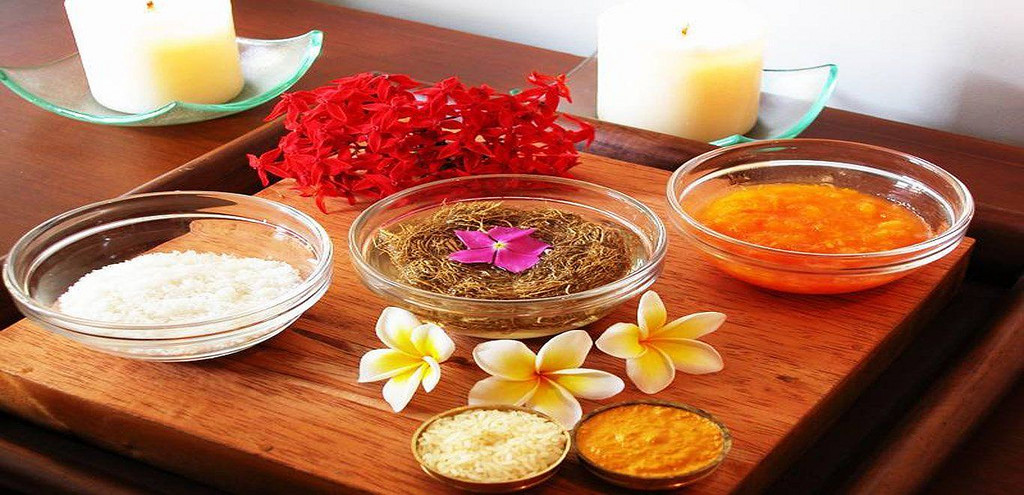There has been much-reported research in the media recently about the differences between men and women when it comes to heart health and heart attack symptoms. Confusion surrounding this issue is of particular concern to the cardiovascular consultants at the London Cardiovascular Clinic as not enough women are aware of how symptoms can affect them.
Who is at high risk of heart attack? Men or Women
Women in the UK are at greater risk of dying from a heart attack because too many doctors still see heart disease as a predominantly male problem and, when confronted by a woman with potential symptoms of heart disease, fail to prescribe statins or any other preventive treatment such as aspirin or surgery where necessary.
Previous British Heart Foundation research told of how women are more likely than men to be misdiagnosed and less likely to be offered an ECG, which is vital for diagnosing the health of the heart.
Statistics Tell the Tale of Heart attack
According to the most recent figures from the British Heart Foundation, coronary heart disease kills more women in the UK than breast cancer, with around 35,000 women admitted to hospital following a heart attack each year. Studies show that about 800,000 women are living with coronary heart disease and yet this is still looked on as an issue which affects mainly men. The result is that more women than men die from heart attacks each year and this is due largely to misdiagnosis because heart attack symptoms in women are poorly understood and often misinterpreted.
What are the Symptoms of Heart attack in Women?
The classic scenario of crushing pain in the chest and falling to the ground clutching the chest rarely happens and certainly almost never in women. Heart attack symptoms in women can be so subtle or even vague that they are often ignored initially and even misdiagnosed as something else by doctors.
Indigestion or muscle strain is often given as the reason when presented by a female complaining of pain or discomfort in the chest. It is vital that women learn to recognise heart attack symptoms and seek medical attention as early as possible to limit any damage to the heart. The most common heart attack symptoms in women are:
- Discomfort or pain in the chest which doesn’t go away and can feel like a pressure, squeezing or tightness.
- Pain spreading to the neck, jaw, arm, back or stomach.
- A feeling of nausea and sweating – sometimes called clumsiness.
- Shortness of breath and/or light-headedness.
- Excessive coughing or wheezing that is not normally experienced.
- A sudden feeling of panic, anxiety or dread.
If you feel any or these symptoms do not delay in calling 999 to ask an ambulance. If you are having a cardiac event, speed of treatment is of the essence in determining how well you recover.
Seek Advice ASAP with Heart attack symptoms
Of course, not every woman who has heart attack symptoms will feel all of those previously mentioned. Sometimes there can be vague, hard to describe symptoms accompanied by a feeling that something just isn’t right.
This is why it is so important for women to see a cardiac specialist if they develop or suspect any symptoms, or if they are worried at all. Any specialist would advise you come to see them either to put your mind at rest or if there is a medical issue to begin treatment for it as soon as possible.
If more women were correctly diagnosed with heart disease or heart risks and received the necessary treatment, unnecessary heart attacks could be prevented and the heart attack gender gap could be consigned to the history books.
Also Read:
Importance of Kidney on World Kidney day
Why does Estrogen Level Matter for Female Health?
Diabetes and Oral Health- Lesser Known Facts
What is Heart Attack Gender gap?
How can I avoid Heart attack or Stroke?
How to keep kidney healthy and prevent its damage?
3 Common Heart Problems-Symptoms, Prevention and Cure
5 Ways to avoid Heart Disease
7 Ways How Depression In Men & Women Is Different
Kidney Health, Transplantation, Kidney Day & Themes




